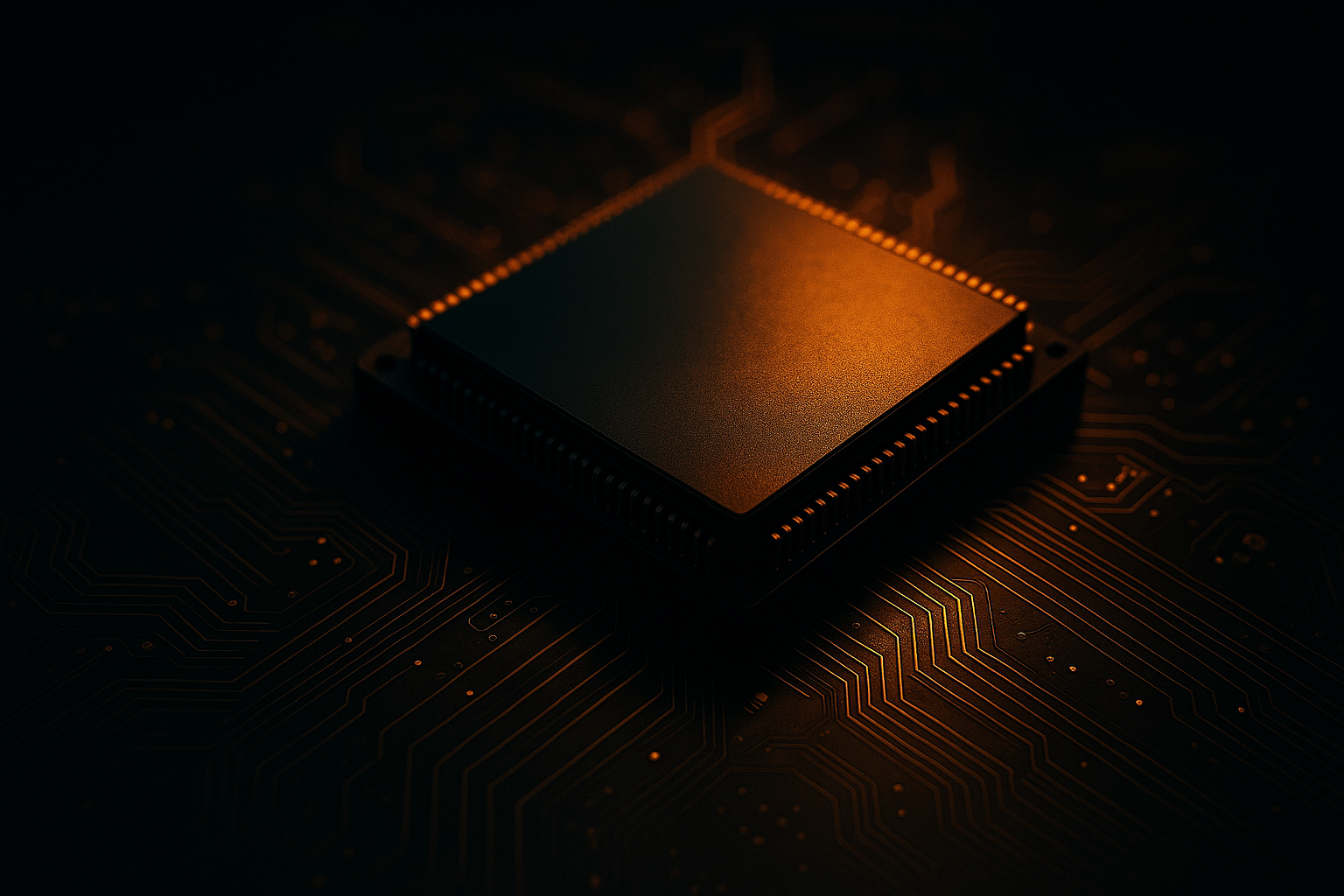Memory Palaces in Silicon: The Chip Redesign We Overlooked


The problem isn't just making chips faster, it's fundamentally rethinking how compute and memory interact.
This is a resounding observation that cuts to the heart of a transformation quietly unfolding within the semiconductor industry—one that could reshape computing more profoundly than the generative AI boom it enables.
The Memory-Compute Divide That's Holding AI Back
For decades, computer architecture has followed a model known as the von Neumann architecture, where processing and memory exist as separate entities. Data shuttles back and forth between these components, creating what engineers call the "memory wall"—a fundamental bottleneck limiting computational performance.
This architectural legacy wasn't problematic when applications demanded relatively modest computational resources. But as AI models have exploded in size and complexity, this separation has become increasingly untenable. Training modern large language models requires moving astronomical amounts of data between processing units and memory, consuming gigawatts of power and limiting what's computationally feasible.
We've been papering over this architectural flaw by throwing more power and more exotic cooling systems at the problem, but we're reaching the physical limits of what's possible with our current approach.
The Rise of Processing-in-Memory Architectures
A new generation of chip designers is now challenging this fundamental separation. Startups like Cerebras, Mythic, and SambaNova Systems are pioneering approaches that integrate memory and computation in radical ways, collapsing the distance data needs to travel and dramatically improving energy efficiency in the process.
Perhaps most indicative of this shift is the $420 million funding round for Untether AI, whose at-memory computation approach represents a fundamental reimagining of how AI accelerators function. Rather than moving data to processing units, their architecture embeds computational capabilities directly into memory arrays, reducing energy consumption by up to 10x compared to conventional GPU architectures.
What we're seeing isn't just an incremental improvement, but a paradigm shift in computing architecture. Even NVIDIA the GPU giant—which has dominated AI computation—is investing heavily in memory-centric architectures through its CUDA-X platform, signaling recognition that the future of AI computation requires transcending traditional architectural boundaries.
Why Chip Architecture Is Now a Geopolitical Battleground
This architectural revolution carries implications far beyond technical performance metrics. As nations increasingly view AI capability as central to economic and national security, the race to develop next-generation computing architectures has become geopolitically charged.
China's recent announcement of a $40 billion investment in domestic memory chip production—paired with the U.S. CHIPS Act's focus on semiconductor sovereignty and underpins how memory technology has become central to technological competition between global powers.
Memory architecture represents a potential reset button in the global semiconductor hierarchy. Nations that successfully pioneer new approaches to the memory-compute divide could leapfrog current leaders.
This geopolitical dimension adds urgency to what might otherwise appear as merely technical innovation, transforming architectural choices into strategic national priorities with implications for global power balances.
The Hidden Environmental Cost of Moving Data in AI Systems
Beyond performance and politics lies perhaps the most compelling case for architectural reinvention: sustainability. Current AI training methodologies demand staggering amounts of energy, with environmental footprints that continue to expand as models grow larger.
A recent paper from Wharton's Dr. Cornelia C. Walther revealed that approximately 1,287 megawatt-hours (MWh) of electricity was the estimated energy consumption of ChatGPT-3's model during training—equivalent to the annual emissions of 502 metric tons of CO2, roughly the same as 112 gasoline-powered cars. A fair amount of this energy wasn't spent on just the computation itself, but on moving data between memory and processing units.
The environmental cost of the memory wall is staggering and largely invisible and the focus for In-memory computing isn't just about performance, but it's about making AI environmentally sustainable as it scales.
This environmental dimension adds moral urgency to technical innovation, suggesting that architectural reinvention isn't merely desirable but necessary if AI is to develop responsibly.
How New Chip Designs Are Reshaping the Way We Think About Computing
What makes this architectural shift particularly significant is how it challenges fundamental assumptions about computing that have persisted for generations. Computer scientists, engineers, and software developers have been trained within paradigms that take the separation of memory and compute as axiomatic. We're not just redesigning chips, we're reimagining what computing means. This requires retraining how an entire industry thinks about system design, algorithms, and optimization.
This cultural dimension presents both challenge and opportunity. Companies and nations that successfully navigate not just the technical challenges but the cultural transitions required may establish leadership positions extending far beyond current technology cycles.
A Future Beyond the Memory Wall
As these new architectures mature, they promise capabilities extending beyond faster or more efficient AI. Neuromorphic computing approaches. This draw inspiration from biological brains where memory and processing are intrinsically linked. This will enable entirely new computing paradigms optimized for associative thinking rather than sequential logic.
The coming years will reveal whether these architectural innovations represent merely another step in computers' evolutionary path or a genuine revolution in how machines process information. What's certain is that the companies and countries that successfully pioneer approaches transcending the memory-compute divide will shape not just the future of AI but computing itself.
The quiet revolution happening in chip architecture reminds us that even as public attention focuses on the capabilities of large language models and generative AI, the most profound transformations often occur at deeper levels of the technology stack—where memory meets computation, and where the physical substrate of intelligence is being reimagined.